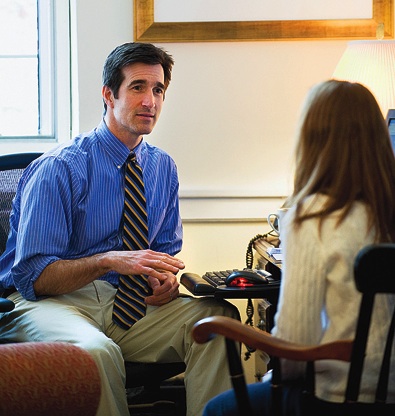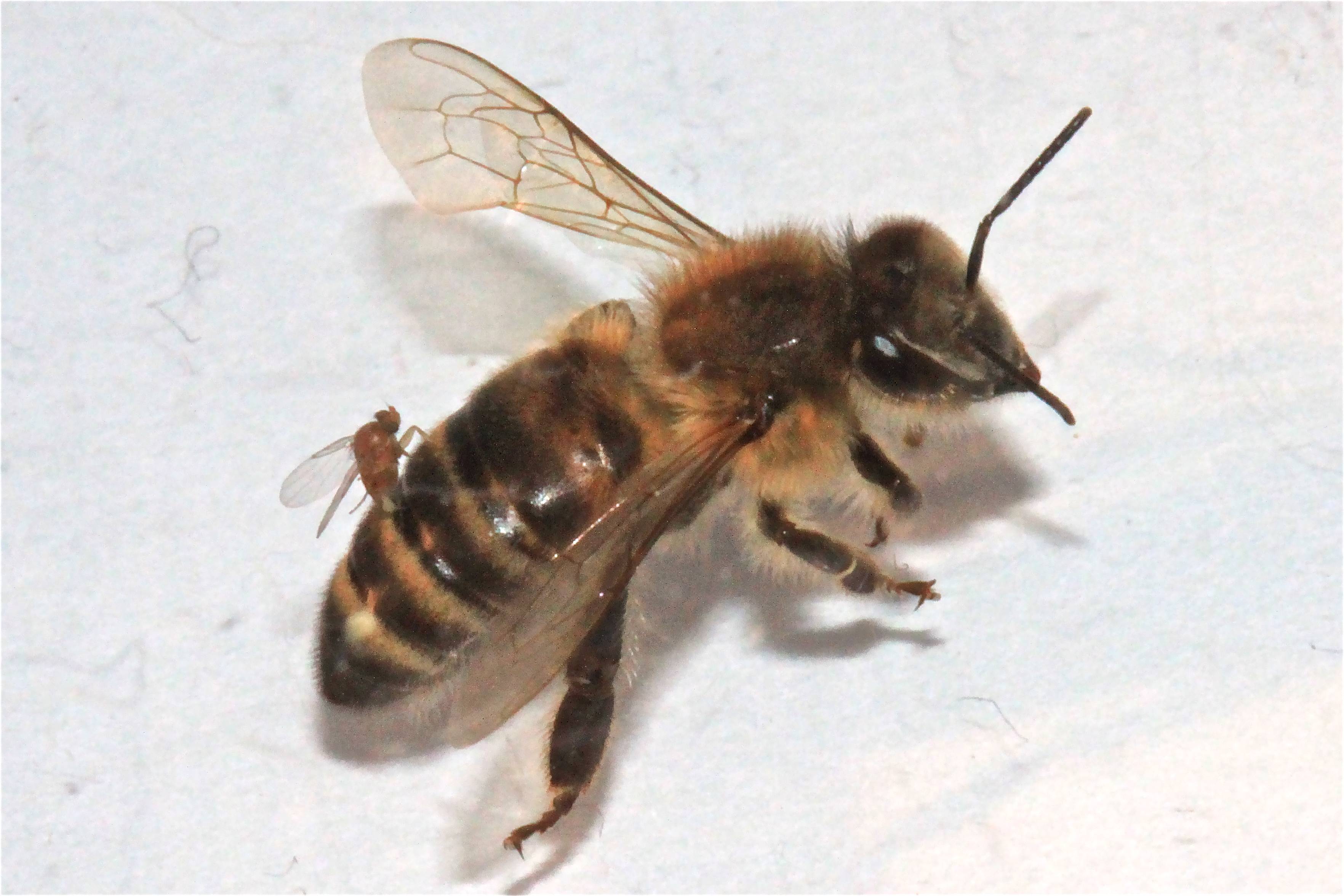 Guest author Sarah Albee is visiting Teachers Write to talk nonfiction and images today. I got to spend a few days writing with Sarah at our retreat on Lake Champlain recently, and she is the sort of person you wish lived next door all the time instead of just for a few days a year. Sarah wrote POOP HAPPENED: A HISTORY OF THE WORLD FROM THE BOTTOM UP, which immediately tells you that a) she is a history and science geek, and b) she has a great sense of humor. You can get to know her a little more at her website. Now…here’s Sarah!
Guest author Sarah Albee is visiting Teachers Write to talk nonfiction and images today. I got to spend a few days writing with Sarah at our retreat on Lake Champlain recently, and she is the sort of person you wish lived next door all the time instead of just for a few days a year. Sarah wrote POOP HAPPENED: A HISTORY OF THE WORLD FROM THE BOTTOM UP, which immediately tells you that a) she is a history and science geek, and b) she has a great sense of humor. You can get to know her a little more at her website. Now…here’s Sarah!
Hello, teachers and librarians! Welcome to Nonfiction Friday! (I just made that up. Hope you don’t mind, Kate.)
I am honored to have been invited by Kate to participate in this virtual summer writing camp. I’ve been following your daily postings and am amazed at the high-level discussions about craft, character, and setting. If you’re up for putting on your nonfiction-writers’ hats today, I thought I’d launch the discussion by talking about how I approach nonfiction—and particularly history.
I’m going to start by sharing with you the shrewdest career move I ever made: *drumroll* I married a history teacher. I have learned a lot from my husband about how to make history fun, and interesting, and relevant. My goal as a writer is pretty close to his goal as a teacher: to reach that ever-elusive group of kids who think they don’t like history, and to get them excited about it. Wait. We’ve gone too long without a visual. Here’s a picture of my husband:
Photo by Gaby Hoffman
Here’s another thing I’ve learned from my history-teacher-husband: there are always going to be those self-motivated, naturally-curious, superstar kids who are born loving history. But by the time kids land in his high school classroom, the vast majority of them have decided that history is boring. These are the kids he has to win over. As a middle-grade writer, my goal is to start converting them earlier.
I’m constantly scheming up ways to snag the attention of a reluctant reader, to get him or her to open my book or read my history blog. I try to approach my topic from an offbeat angle, something a kid will relate to. Like the history of how civilizations from the Stone Age to the present have dealt with their waste. Or how bugs have affected human history.
I also try to use humor wherever possible. Kids of all ages love to laugh. Maybe this approach stems from my Sesame Street background (I worked there for nine years). We subversively disguised our preschool teaching curriculum in the form of game shows, TV commercials, silly songs, and parodies. (My book Brought to you by the Letter B! is still one of my proudest achievements!)
But my most effective attention-grabbing strategy is to use visuals to enhance my topic. This will come as a surprise to none of you, of course—you’re all educators. But you’re wearing your writers’ hats today.
I’m constantly asking myself, what makes a compelling picture? What will draw kids into the book?
On my blog, I like to lead with the coolest picture I can find. Like this one in a post about what babies used to wear.
Or this one about how little boys used to be forced to wear dresses.
Do the pictures catch your eye? Snag your interest? Let’s face it: like it or not, as writers, we’re also salesmen. We’re luring readers toward our writing. And kids these days are savvy consumers. As teachers, you know better than anyone that there’s a lot of competition out there, calling for their attention.
That’s the challenge—and the fun—of using pictures to enhance your writing. And one of the best parts of being a nonfiction writer is that we writers get to play a big role in choosing the pictures that will accompany our text.
I absolutely love finding images. Sometimes you can acquire a picture just by asking. People can be so gracious. I’ve gotten permission to use incredible pictures taken by contemporary photographer-scientists. And I’ve found other images through fellow-writer friends.
Here’s one of a “zombie bee,” a phorid fly parasitizing a honeybee.
Photo by Christopher Quock
It was snapped by an undergraduate at USC named Chris Quock. I tracked Chris down by contacting his professor, and Chris then sent me his picture to include in my book (and in this post).
Many public domain images are digitized and available for download online. But it can be even more fun to find pictures yourself. I wrote about my recent research trip to DC here, where I visited the “still pictures” divisions at both the National Archives and the Library of Congress. It’s such a thrill to find a photo that has never before been published. It can take hours to find that one picture, but it’s worth it.
As educators, you have all kinds of image resources available to you that can help your lesson plan come alive for your students. As writers, our job gets slightly trickier securing permission for pictures we’d like to use in a book. But it’s totally worth it.
If you’re working on a nonfiction book and need assistance figuring out where to start with image research, I am happy to help. Please stop by my website and leave me a comment, or leave a comment here, or email me directly at albees AT taftschool DOT org (and include “Teachers Write” in the subject line).
I’ll check in with you today from time to time, so please feel free to post your comments and questions about all things nonfiction. Happy writing!
Today’s regular Friday Happy Hour Post is up, too, so when you finish chatting with Sarah, click here to share your progress for the week and enter to win a book.







Oh, those bee pictures are disgustingly gross and intriguing at the same time! Very eye-catching!!! These would definitely hook the reader! Thanks for sharing! You have inspired me to post some pictures gathered from our nature scavenger hunt last Friday! I will post them on my blog since we can’t post pics in the comments. We captured these with an iPhone and iPod touch on a walk through the neighborhood.
http://theamyrudder.blogspot.com
I’m SO glad the post inspired you to post your nature scavenger hunt pics, Amy. I just visited your site. What a great idea.
I love this scavenger hunt, Amy – and can imagine it being used with older students as part of a writing prompt, too.
This was a great post to start my day with curiosity! My husband, like yours, loves to find that one historical fact or anecdote that will get his students hooked. I’m often one of his most rapt listeners, especially in the summer when he does most of his reading. I always admire him for this curiosity. I really enjoyed reading the blog posts from your website that you linked to in your article. They were fascinating and funny! I can definitely see my 7th graders getting hooked. Thank you for the inspiration today!
Thanks so much, Jessica!
As a teacher, I love trying to incorporate images into the lessons. One idea I love to use is using the site PictLits.com. It allows you to “write” on pictures, kind of a visual poem. In a lesson for narrative writing I had the students use their thesis for their essay and an image to set the tone for their essay. It was one of their favorite lessons.
Wow, Jamey–that’s a great tip. I didn’t know about PicLits.com. I’m going to forward the link to my husband and tell him to forward it to his History Department. Can’t wait to check it out.
That’s what I love about this virtual writing camp–I learn so much from you teachers and librarians!
That is cool. It is amazing what we can learn when we have a chance to get together and share. Having the chance to learn from professional writers alone is a great opportunity. Thank you for being a part of this. A great way to start a Friday. 🙂
Love piclits! I was not familiar with it. I just went to the site and played around with it some! I know the students would love trying to create their own piclits or using it as a starting point for writing their stories. Thanks for sharing Jamey!
I learn something here every day. 🙂 Thanks, Jamey!
Thank you for the great tip! I keep learning so much here that my ideas are pop, pop, popping (channeling Sharon Creech from Love That Dog).
My dream job: to travel the world with nothing but a camera, a notebook, & a backpack, recording stories & images as a record of living history. This morning, over breakfast, I am now daydreaming a little more…
Count me in!
Sarah,
The ESL teacher in my building passed along Poop Happens to me (one of her students passed it along to her), and I loved it. I went out and bought a copy for my classroom and it is currently the most checked out book in my classroom library (and it is non-fiction:). The students that pick it up always have the same reaction: first the giggles (and other immature behavior, which can sometimes test the patience of the teacher), then the smile fades because they are so interested in the book (teacher is happy), and finally they are bummed that the period ends and that they have to stop reading (usually this happens during study hall, which is last period and then they get to go home – yet they are still bummed). Thank you for this!
Also, thank you for the mini-lesson, the cool pictures, and the links (I feel like I have been all over the Internet this morning – I loved the posts about the baby and boy clothing – so cool!) My own children love all of your books – they enjoy the books more than the television shows.
Have a great weekend!
Hey Andy–
Wow, can’t tell you how happy I am to hear your students liked POOP! Happy to set up a Skype visit for next year!
Sarah
Hi Sarah,
WOW! WOW! WOW! Yes, we would love to Skype with you! When the school year gets rolling I will send you an email, and we can set up a time that works for you.
My goal for this upcoming school year is to Skype with more non-fiction writers (last year, we Skyped with one – Dr. Anthony Aveni, a Colgate professor who wrote The First Americans). I’m always surprised by how many sixth grade students don’t realize that non-fiction is really cool. They come into class with this impression that it is boring. It is a shame! Hopefully, I can change that impression! Skyping with you will definitely help!:)
Thank you for the offer to Skype, and thanks again for the informative post!
Wow, Sarah! I love history and I’m very jazzed about writing nonfiction again. Thanks for the inspiration.